While there are seemingly insurmountable cultural, historical, and political gulfs dividing the various diverse peoples of Spain, one thing they have in common is a love for great food as specified by pintxo in the north and tapas in the south. The subtle and explicit differences in these regional cuisine styles underpinned by a binding commonality are a perfect summation of the wonderfully contradictory nature of Spanish culture.
Tapas
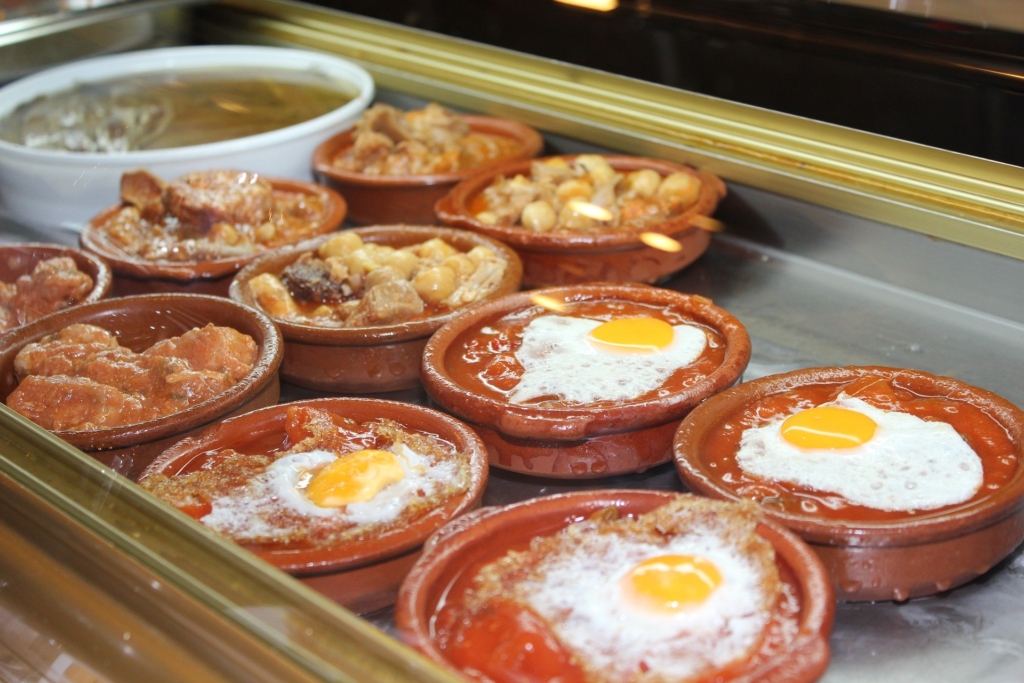
Unlike the pintxo tradition, which has, for the most part, not caught on outside of Spain, tapas-inspired restaurants are now fairly standard throughout the western world. Less a specific dish and more cuisine style, tapas are small plates of food served with drinks in bars and restaurants throughout Spain. Tapas dishes can be served hot or cold. They can be anything from cured meats and cheeses to seared seafood to miniature versions of complete Spanish meals such as paella. Depending on the region or establishment, tapas are either served with drinks as a snack or served as a full meal. It is customary in certain establishments to tapas to be provided free to customers, however, this should never be assumed!
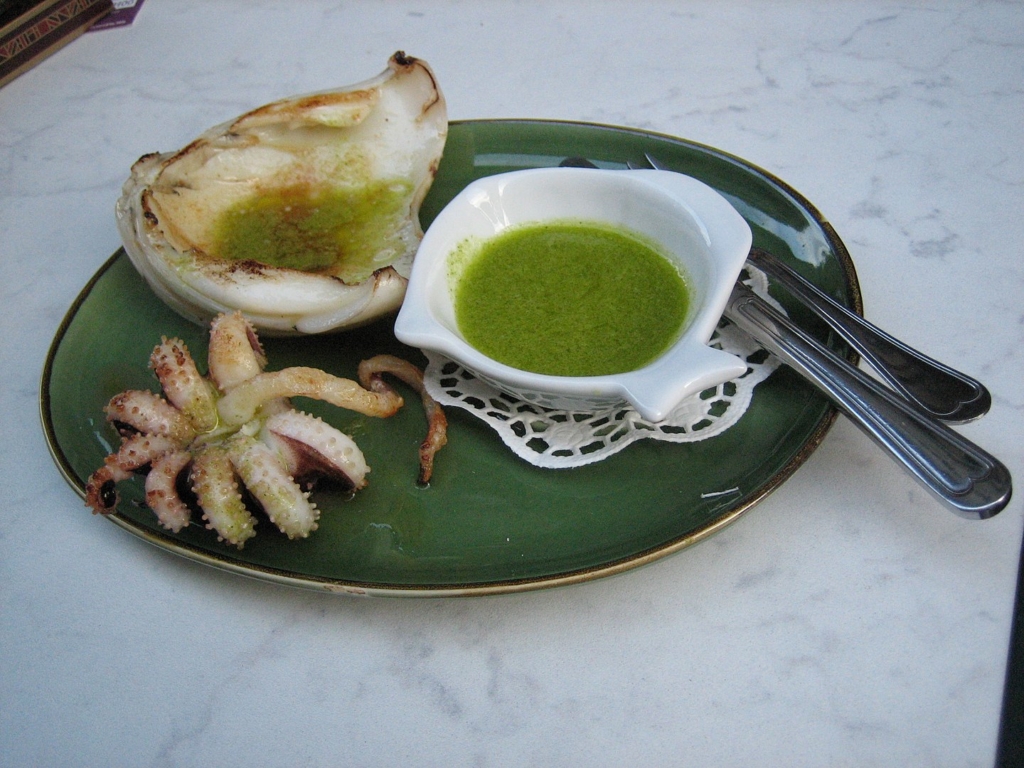
The origins of tapas are unknown; however, there are various apocryphal stories, folklore myths, and theories that seek to explain its invention. While some of the more fantastical version involves interactions between Spanish kings and humble bartenders, most likely, tapas was invented out of necessity. Tapas means “to cover”, and in the past, tavern patrons would place pieces of bread over the top of their glasses of sherry and wine to keep away flies.
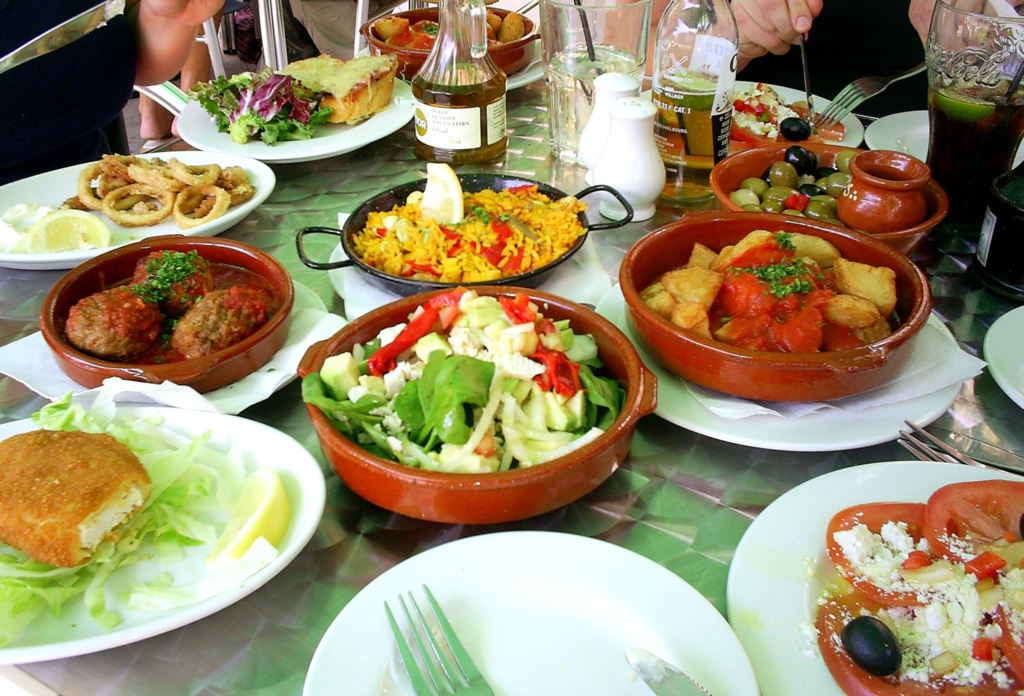
The popularity of tapas, aside from the obvious culinary delights, is due to the Spanish siesta tradition. In Spain, dinner is often eaten between 9-11 PM, which leaves plenty of time between ending work and eating dinner to enjoy some small plates of delicious food.
Pintxo
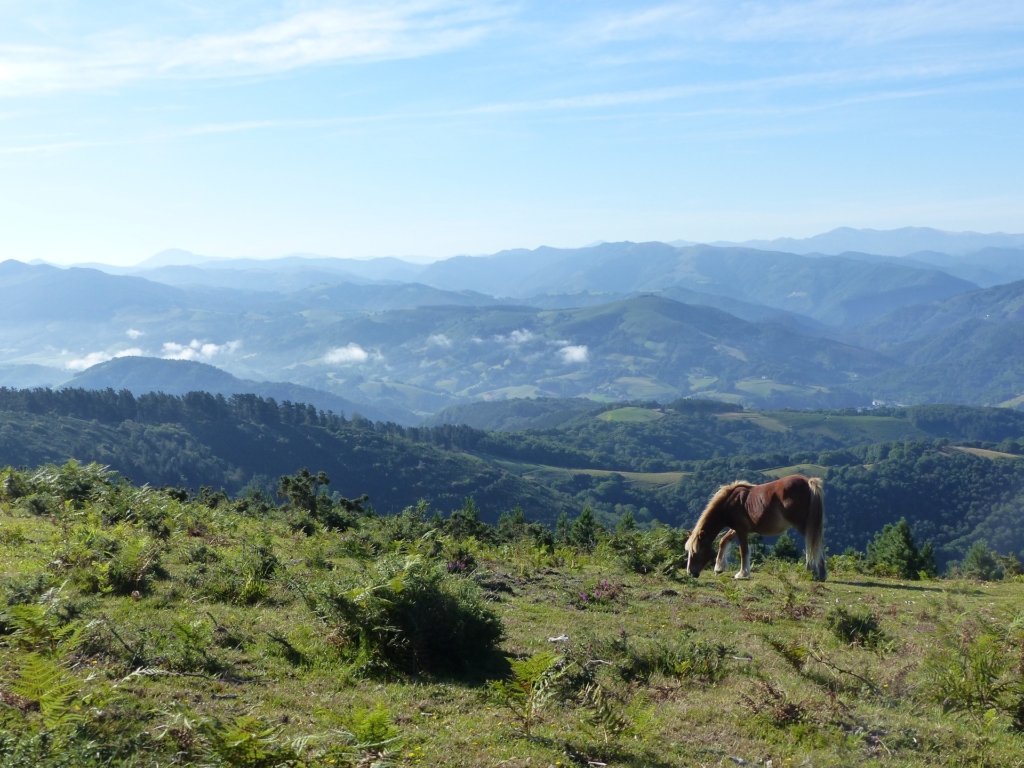
It’s impossible to talk about pintxo without talking about the Basque region. This area and its inhabitants is an almost perfect example of the intense regional and cultural differences that exist within the greater Spanish community. The greater Basque region is comprised of 7 provinces. Four provinces are located within Spain while three are in France. Despite straddling these two countries, the Basque people, or Euskaldunak as they call themselves, are a unique group in their own right with an entirely separate language, history, and cultural traditions. As a result of their fierce independence and the intricate and unique Spanish political system, the southern portion of the Basque country is categorised as an Autonomous Community within Spain. It has independent control over certain aspects of its political and legal systems.

While the political and cultural history of Basque is fascinating in its own right, one of the regions primary draws is its cuisine. The Basque region has the highest per capita concentration of Michelin Star award restaurants in the world. The most famous food in Basque is Pintxo. These small snacks comprised of various regional ingredients, usually served on pieces of bread, are easily mistaken for tapas. However, there are subtle differences that set them apart.

Whereas tapas often resembles a smaller version of larger meals, pintxo are small snacks, often (but not always) comprised of various ingredients held in place on by a toothpick on a piece of bread. The word pintxo, or pincho outside of the Basque region means “spike,” hence the toothpick.
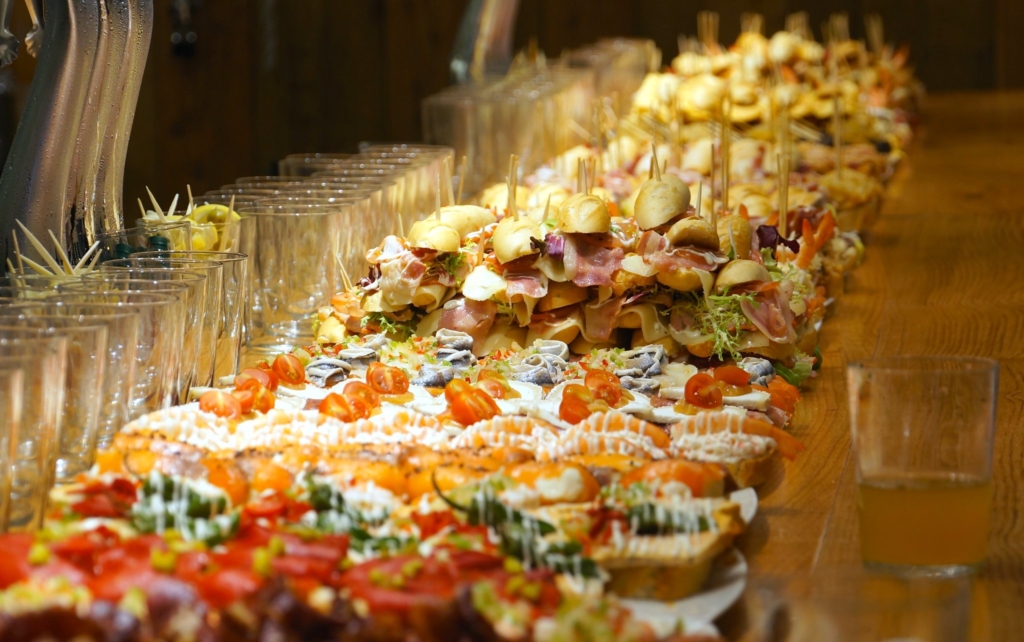
Beyond the presentation, that manner in which pintxo are served differs somewhat from tapas. Pintxos is almost exclusively served in bars, and unlike tapas, which is ordered a la carte, pintxos is often presented on a table buffet style with guests encouraged to help themselves. Finally, unlike tapas which is usually provided gratis, guests must always pay for pintxos. After helping themselves to the various pintxo’s on offer, guests hold onto the toothpicks (or bowls). These are then counted by the waiter or bartender to determine the price.



